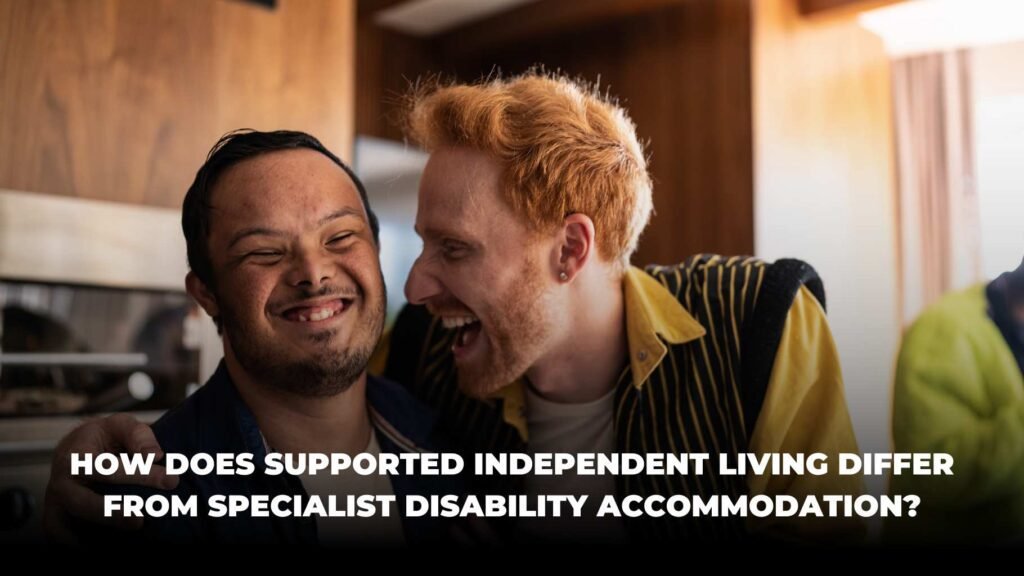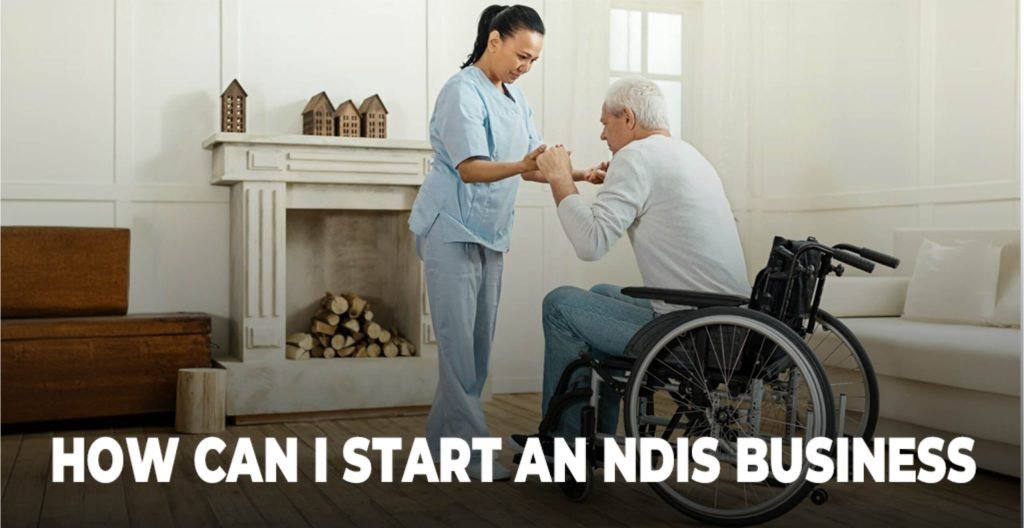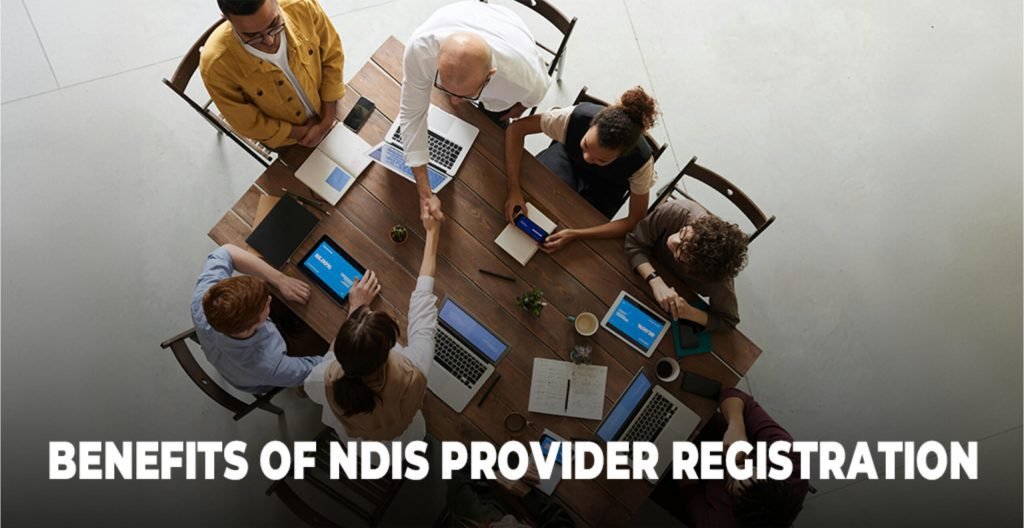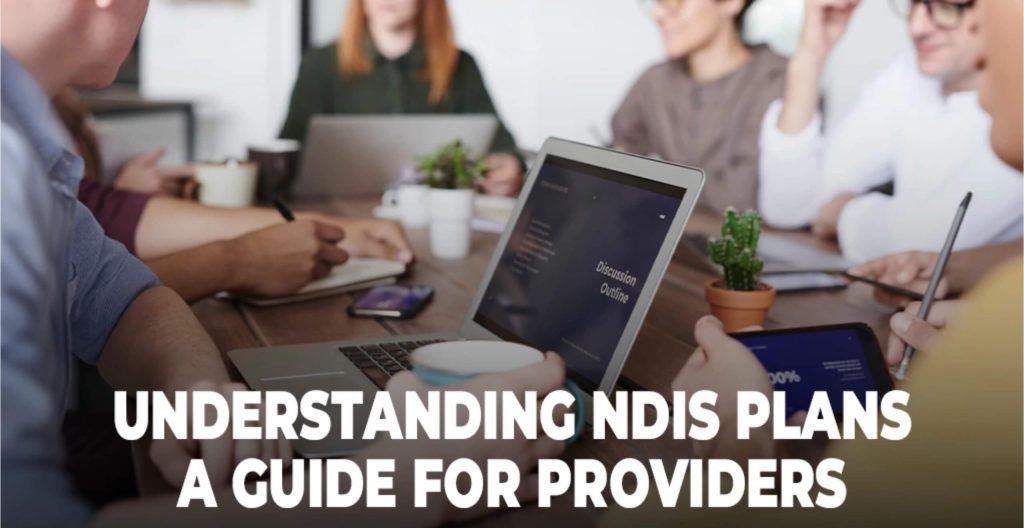Disability care organisations provide essential support to individuals with disabilities, promoting independence, inclusivity, and overall well-being. They are pivotal in helping people develop the skills necessary for independent living, including managing daily activities, personal care, and community involvement. To provide these crucial services, organisations often need to navigate the NDIS provider registration process and understand key concepts such as Supported Independent Living (SIL) and Specialist Disability Accommodation (SDA).
What is Supported Independent Living (SIL)?
Supported Independent Living (SIL) is a model within the National Disability Insurance Scheme (NDIS) designed to assist individuals who need help with personal care while promoting greater independence. SIL offers tailored support and accommodation options that help individuals live as independently as possible.
The primary aim of SIL is to provide support that enhances life skills and builds confidence. SIL can include various living arrangements, such as private homes, apartments, or shared houses, all designed to create a supportive environment where individuals can make their own decisions. Participants have the autonomy to choose their support workers and manage their care, fostering a sense of empowerment and independence.
What is Specialist Disability Accommodation (SDA)?
Specialist Disability Accommodation (SDA) involves housing that is specifically designed to meet the needs of individuals with severe and complex disabilities. SDA is a component of the broader disability support system, including collaboration with government agencies and other service providers to ensure appropriate accommodations are available.
SDA properties are equipped with specialised features such as wheelchair accessibility, advanced assistive technology, and other necessary modifications. These accommodations often include 24/7 support and healthcare services, allowing tenants to select housing based on their requirements and preferences.
Key Differences Between SDA and SIL
Understanding the differences between SDA and SIL is essential for providers and individuals seeking support. Here’s how they differ:
- Housing Design and Focus:
- SDA: Accommodation is tailored to address functional impairments, with features like wheelchair accessibility and assistive technologies. This focus ensures that the physical environment meets the specific needs of the residents.
- SIL: Housing is designed based on the individual’s independent living style, with a focus on creating a suitable environment that supports daily living and personal care without necessarily including specialised features.
Type of Support Provided:
- SDA: Emphasises support related to physical needs, such as mobility and medical requirements, often involving advanced assistive technologies and modifications.
- SIL: Concentrates on daily living skills and personal care, aiming to enhance the individual’s ability to live independently and manage their own needs.
Collaboration and Service Delivery:
- SDA: Involves working with housing and support service providers to meet the specialised needs of residents. This collaboration ensures that all aspects of the accommodation are tailored to the resident’s needs.
- SIL: Utilises private or shared living arrangements that focus on meeting the preferences and support needs of individuals within those settings.
Funding and Costs:
- SDA: Funding covers costs related to constructing, modifying, or maintaining specialised accommodation. The funding is aimed at ensuring the property meets the specific needs of the residents.
- SIL: Funding is allocated to cover the costs of support workers, training, and resources necessary for the individual’s care and skill development.
How to Become an NDIS Provider
To offer SIL or SDA services, you need to navigate the NDIS provider registration process. Here’s a summary of the steps involved:
- Understand NDIS Provider Registration:
- Review the NDIS provider registration checklist to understand the requirements, including qualifications, compliance with NDIS regulations, and the NDIS registration cost. This checklist is crucial for ensuring you meet all necessary standards.
- Complete the Application:
- Submit your application to the NDIS Quality and Safeguards Commission. Provide details about your business, the services you plan to offer (SIL or SDA), and evidence of compliance with safety and quality standards.
- Submit Documentation:
- Prepare and submit required documents, such as business insurance, service agreements, and evidence of compliance with the NDIS Code of Conduct. Include staff qualifications and any other relevant information.
- Undergo the NDIS Audit:
- All providers must undergo an NDIS audit to ensure they meet the required standards. Prepare by reviewing the NDIS audit checklist, which covers aspects like staff training and participant care management.
- Receive NDIS Registration:
- Upon successful completion of the audit and submission of documentation, you will receive approval to operate as an NDIS provider. You’ll be listed on the NDIS provider register, making your services accessible to potential participants.
How to Access SIL and SDA Services
For SIL Services:
- Determine Eligibility: Assess whether you meet the criteria for SIL services based on your support needs.
- Contact an Agency: Reach out to agencies or government programmes like NDIS to enrol in SIL services.
- Work with a Coordinator: Collaborate with a support coordinator or planner to develop a tailored plan.
- Negotiate with Providers: Discuss and finalise arrangements with SIL providers to ensure the services meet your needs.
- Implement the Plan: Begin receiving SIL services as per the finalised plan.
For SDA Services:
- Assess Eligibility: Confirm that you qualify for SDA services based on your functional impairments and need for specialised accommodation.
- Become an NDIS Participant: Ensure you are enrolled as an NDIS participant.
- Submit Documents: Provide necessary documentation to be considered for SDA.
- Collaborate with Providers: Work with NDIS providers to discuss and determine necessary housing modifications.
- Select and Modify Housing: Choose the appropriate accommodation and make required modifications to meet your needs.
By understanding these processes and differences, you can effectively navigate the NDIS system and access the support that best suits your needs. For detailed guidance, consider consulting an NDIS consultant or referring to resources on how to become an NDIS provider through Become a Provider.
Latest NDIS News in Australia
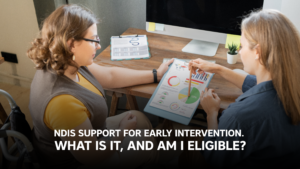
ndis business profitability strategies and factors
Becoming an NDIS provider Registration is a great investment and a business opportunity that offers a lot and while navigating NDIS business registration and NDIS

Allied Health Professionals in NDIS: What you need to know
The NDIS Scheme helps a large group of people with disabilities in Australia by providing support and services to enhance their lives. And to become

How to create a positive NDIS participant experience
How to create a positive NDIS participant Whether you’re Working as an NDIS provider or wanting to become an NDIS provider, Ensuring a great experience

Common Mistakes in NDIS Audit and How to Avoid Them
Becoming a National Disability Insurance Scheme become an NDIS provider provider can be a great business opportunity, but it also comes with a lot of

NDIS Plan Management Self Managed VS Plan Managed
Helping participants navigate their plans effectively is an essential part of providing service and ensuring quality in your provider business. NDIS plan management is fundamentally

How to Stay Informed: NDIS Resources and Updates You Need to Know
NDIS Resources Navigating the National Disability Insurance Scheme (NDIS) can often feel challenging and overwhelming. With updates on policy changes, new guidelines, and various support
Hear from Our Clients


